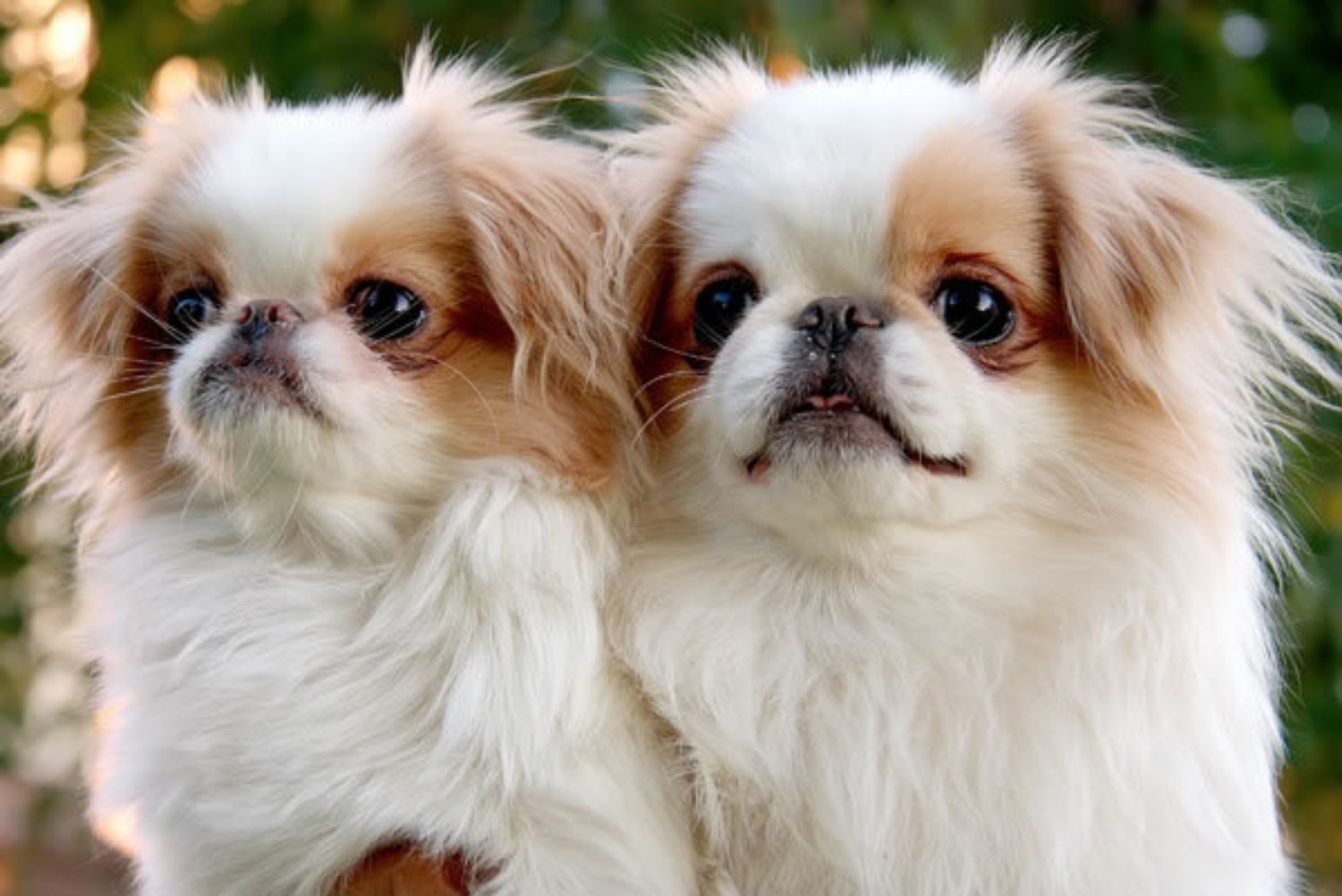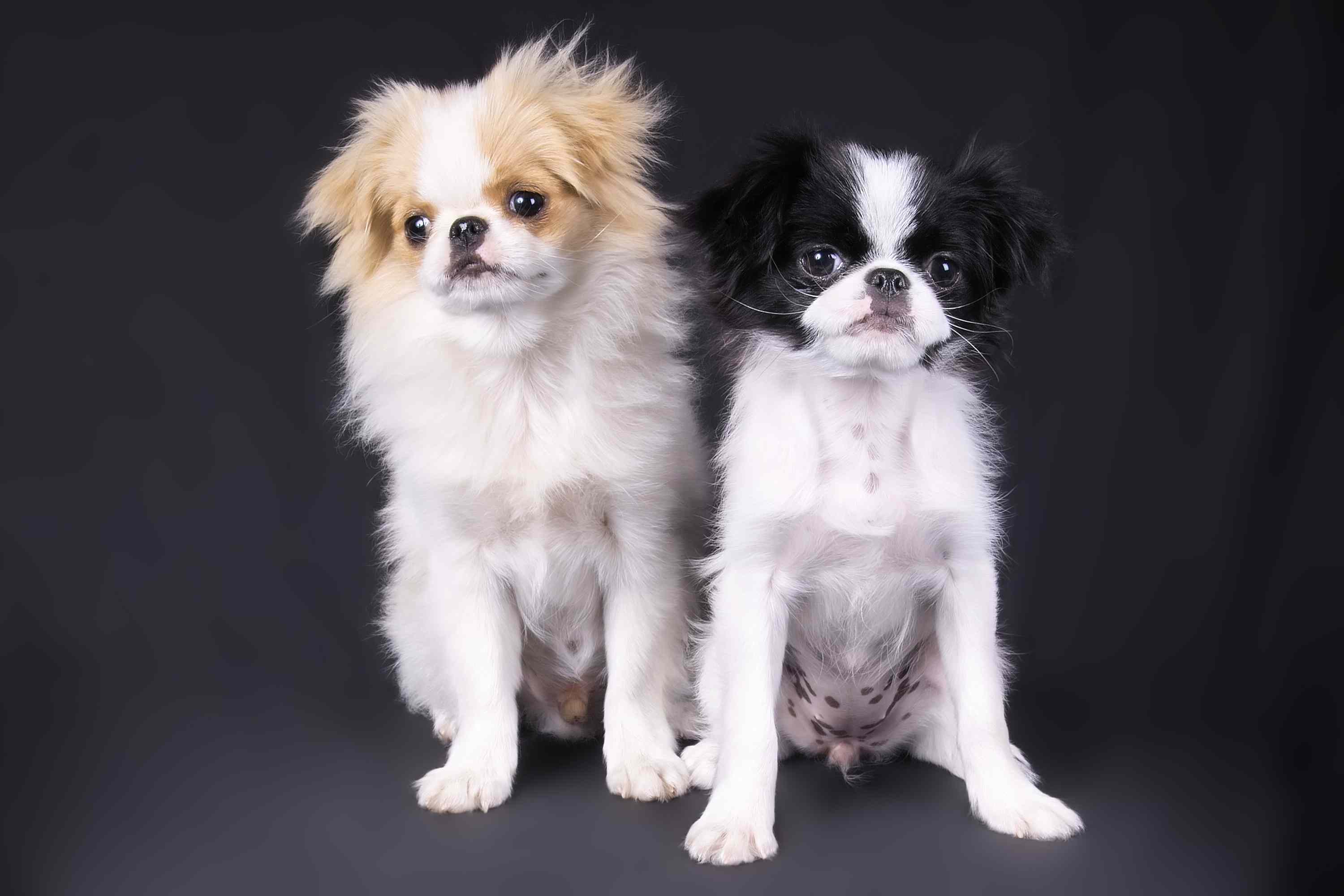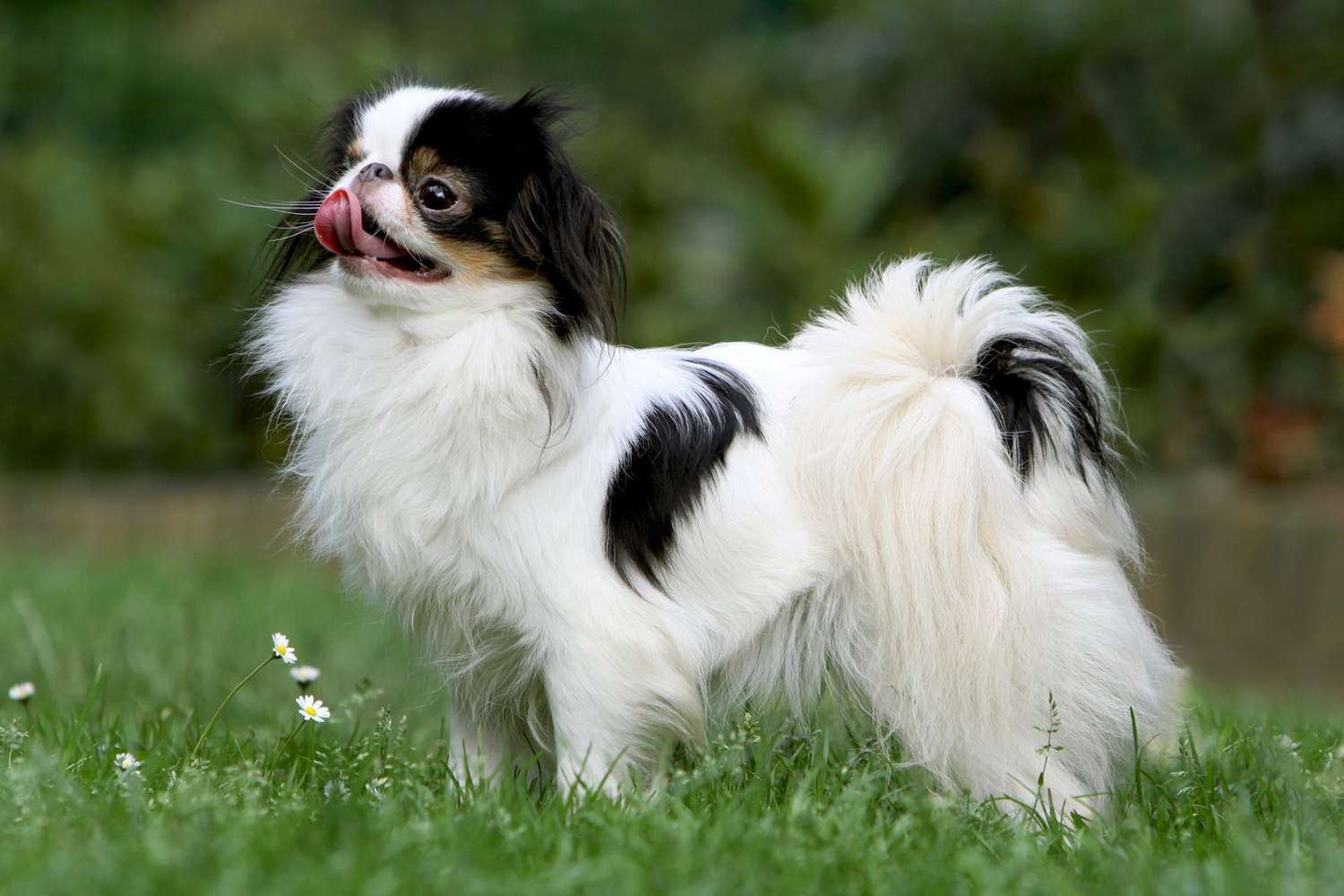
The Japanese Chin is a toy companion breed with ancient origins rooted in Asia, likely descending from small palace dogs of China or Korea. Despite the name, the breed’s development and cultural identity are strongly tied to Japanese nobility. It is believed that Chins were gifted to Japanese royalty by Korean or Chinese diplomats as early as the 6th or 7th century.
For centuries, the Japanese Chin lived a life of luxury, kept by aristocrats and members of the imperial court. They were prized not only for their beauty and size but also for their delicate behavior and catlike movements, often being carried in sleeves or riding on silk cushions. The breed first reached the West in the 1800s, and it was recognized by the American Kennel Club (AKC) in 1888.
Today, the Japanese Chin is considered a rare but cherished breed, adored for its graceful demeanor, expressive face, and devoted nature. While it’s not commonly seen in dog parks or on city streets, it enjoys a dedicated following among toy breed lovers, seniors, and apartment dwellers.
Its catlike behavior, low exercise needs, and love of cuddling make it a perfect pet for those who prefer quiet companionship.
This breed is a small, square-proportioned toy dog with a luxurious coat and a signature “feline” elegance.
• Coat: Abundant, silky, and straight—forms a lovely mane and feathering on the ears, chest, legs, and tail.
• Color:
o Most common in black and white, but also found in red and white, lemon, sable, and tricolor.
• Size:
o Height: 8–11 inches (20–28 cm)
o Weight: 4–11 lbs (2–5 kg)
• Head & Expression: Broad skull with a short, wide muzzle, large dark eyes, and a sweet, noble expression.
• Ears: Set high and feathered, hanging in a gentle V shape.
• Tail: Plumed and carried over the back, curling slightly to one side.
• Body: Compact and elegant, yet light and agile.
The Japanese Chin is known for its grace, gentleness, and uniquely catlike mannerisms.
• Elegant and Quiet: Calm and collected—not hyper or yappy.
• Affectionate and Loyal: Forms strong bonds with its humans—craves attention and affection.
• Catlike Movements: Tends to groom itself, perch on high places, and tread lightly.
• Intelligent and Observant: Quick to learn household routines—naturally clean and adaptable.
• Reserved with Strangers: Often polite but aloof with new people—rarely aggressive.

This breed is ideal for people who want a dignified yet loving lapdog that is easy to manage and full of charm.
• Perfect for Small Spaces: Quiet and compact—thrives in apartments or condos.
• Low Exercise Needs: Satisfied with indoor play and short strolls.
• Minimal Barking: Not a noisy breed—more watchful than reactive.
• Great with Seniors and Singles: Makes an excellent emotional companion.
• Exotic Look and History: A regal, ancient breed with a charming personality to match.
While delicate, the Japanese Chin is surprisingly hardy when given appropriate care and attention.
• Training:
o Intelligent but sensitive—use gentle methods and praise.
o Housetraining may take patience due to small size and stubborn streak.
• Exercise:
o Low to moderate needs—daily indoor play or a few short walks suffice.
• Grooming:
o Brush 2–3 times a week to prevent mats in feathered areas.
o Bathe as needed—they stay fairly clean on their own.
o Regular eye and face cleaning is important due to facial structure.
• Nutrition:
o Feed a small-breed formula—monitor weight carefully, as they can be prone to obesity.
• Companionship:
o Needs closeness to humans—happiest when near their favorite person.
o Not ideal for households that leave pets alone all day.

The Japanese Chin is generally healthy and long-lived, often reaching 12–14 years or more. Watch for:
• Heart murmurs and mitral valve disease
• Patellar luxation
• Eye conditions (e.g., cataracts, corneal scratches)
• Breathing difficulties due to short muzzle (though less extreme than brachycephalic breeds)
• Dental issues
Routine veterinary care and dental hygiene are essential to maintain health.
Compared to the Pekingese, the Japanese Chin is lighter, more agile, and more reserved. It’s less active than the Papillon, but more dignified and less yappy than the Chihuahua. Unlike the Yorkshire Terrier, the Chin is catlike and not overly demanding, thriving quietly at your side.
If you want a quiet, elegant, and loyal small dog that prefers soft laps to rowdy games, the Japanese Chin may be your perfect match. Ideal for gentle, attentive homes, this breed is content to simply exist peacefully beside you.
Not suited for homes with rough children, large rambunctious dogs, or long workdays without company.
United Pet Club connects you with reputable breeders, adoption resources, and tips on toy breed care. Whether you're enchanted by its appearance or drawn to its quiet devotion, the Japanese Chin is a living relic of royalty ready to rule your heart.